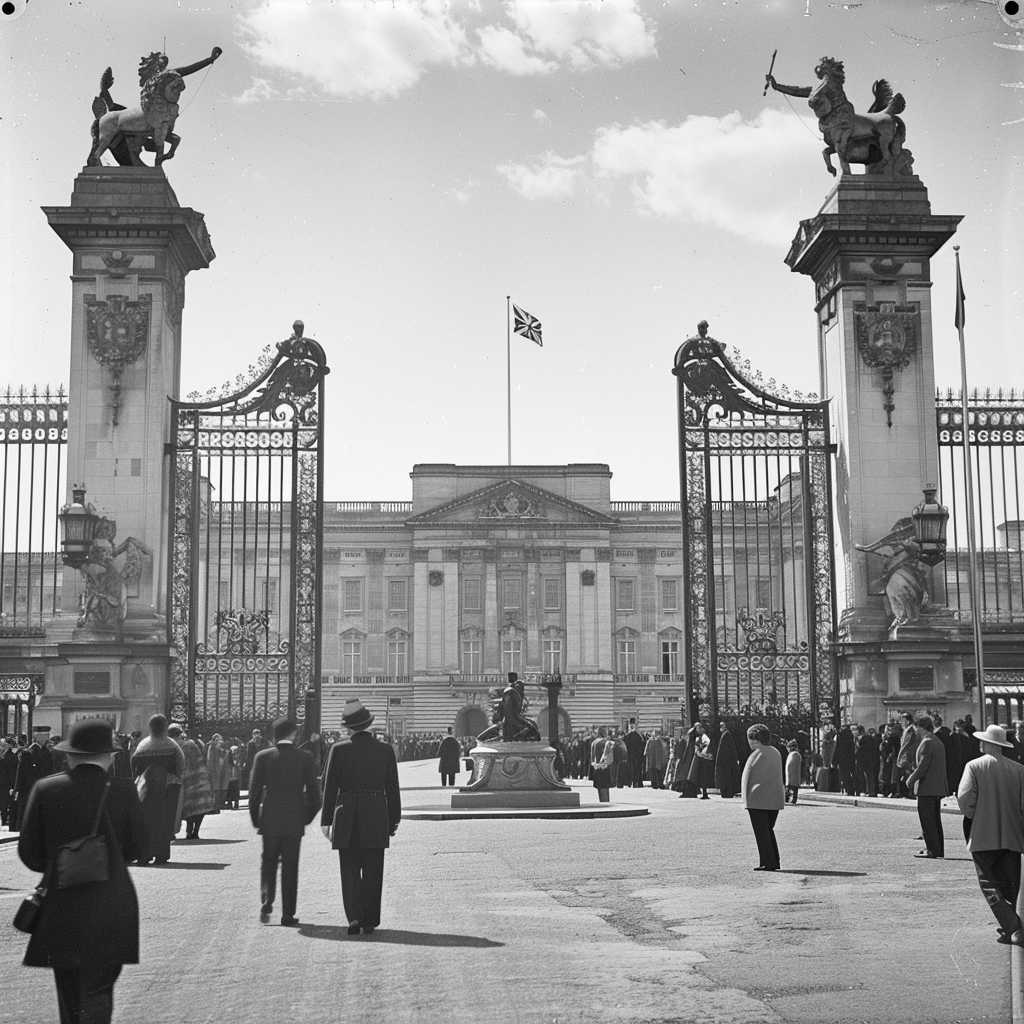Buckingham Palace: A Historic Residence and Symbol of the British Monarchy
Buckingham Palace stands as one of the most iconic buildings in the United Kingdom, as well as a symbol of the British monarchy and a focal point for national celebration and mourning. This article delves into the rich history, architectural evolution, present-day significance, and public events held at Buckingham Palace. As a residence for the reigning monarch, it functions both as a private home and a venue for official state occasions.
Historical Background and Construction of Buckingham Palace
The beginnings of Buckingham Palace trace back to a townhouse built for the Duke of Buckingham in 1703. Initially known as Buckingham House, it was acquired by King George III in 1761 as a private retreat for Queen Charlotte. In the following years, it underwent extensive renovations and expansions to transform it into a palace fit for a sovereign.
19th Century Expansion and Architectural Features
Architect John Nash was commissioned by George IV to rebuild the palace into a grand residence. Sadly, his lavish designs led to overspending and Nash’s dismissal from the project. The work was later taken over by Edward Blore who completed essential parts of it during the reign of Queen Victoria.
The Palace as a Royal Residence
Buckingham Palace officially became the principal royal residence with Queen Victoria’s accession in 1837. Since then, it has housed reigning monarchs including Edward VII, George V, George VI, Elizabeth II, and now King Charles III. From intimate family gatherings to grand state affairs, the palace’s over seven hundred rooms have witnessed countless historical events.
Royal Ceremonies and Public Events
Yearly, Buckingham Palace is the center stage for numerous ceremonial occasions such as state banquets, investitures, and receptions. The changing of the guard ceremony, which takes place in the forecourt of the palace, attracts a significant number of tourists every year.
The Palace Grounds and Gardens
Encompassing 39 acres, the Buckingham Palace garden is an oasis in the heart of London. It not only provides the backdrop for summer garden parties hosted by The Queen but also serves as a habitat for a variety of flora and fauna uncommon in central London.
Public Access and Tourism
Despite being a private residence, certain areas of Buckingham Palace are open to the public each summer while monarch vacations elsewhere. Visitors can tour the lavish State Rooms filled with incredible works of art from the Royal Collection.
Renovations for Preservation and Modernization
The building infrastructure has aged significantly since its original construction. A ten-year renovation plan began in 2017 to upgrade electrical wiring, plumbing, heating systems, and refresh the façade – all designed to preserve this national treasure for future generations.
Continuing Role in UK Public Life
Buckingham Palace remains deeply ingrained in British identity and sovereignty. It’s both an official residence and office for The King and continues to play an essential role in state diplomacy and national celebrations.
Notes
Image description: The grand facade of Buckingham Palace viewed from The Mall with visitors gathered at its iron gates; the Victoria Memorial erected in front of it casting shadows on the ground amidst crisp sunlight, while the Union Jack proudly flies atop the palace signifying that The King is in residence.
